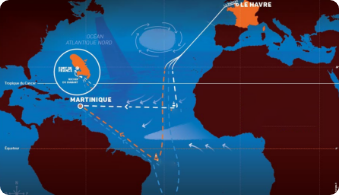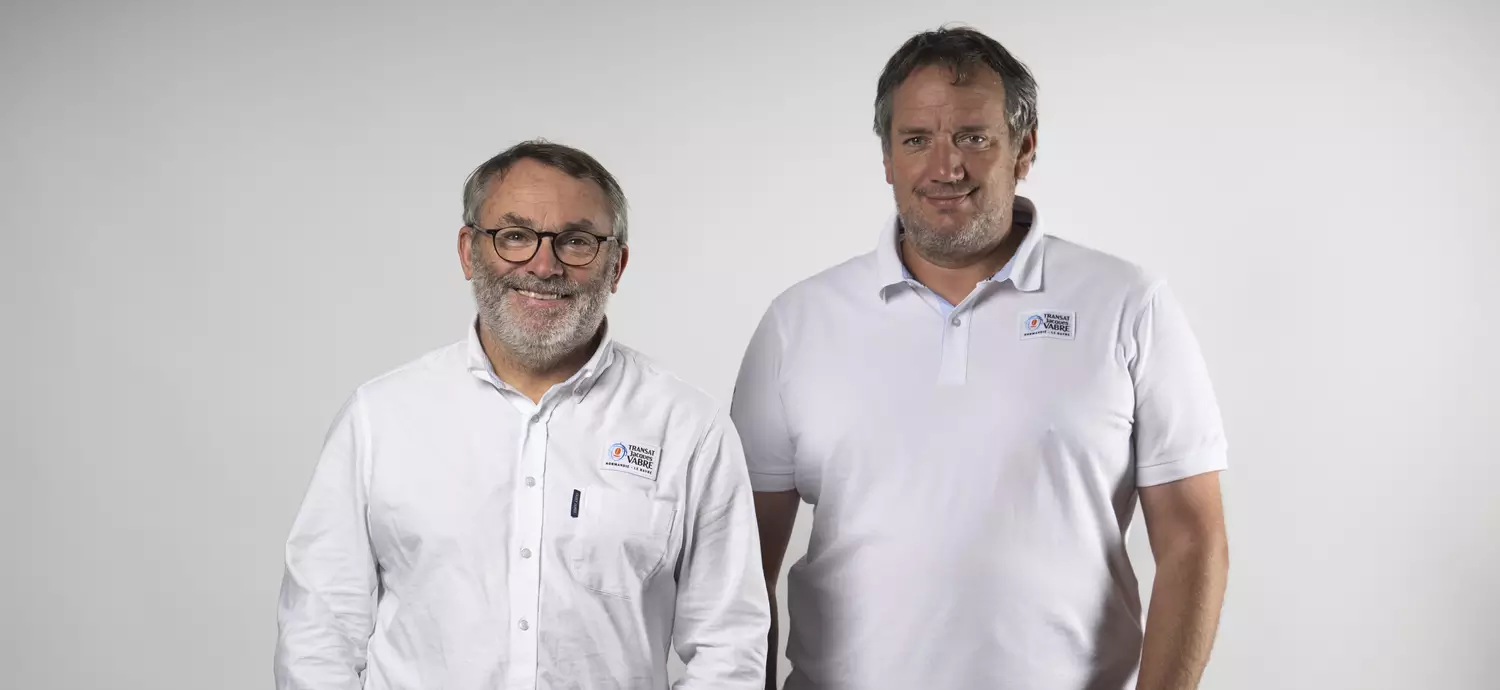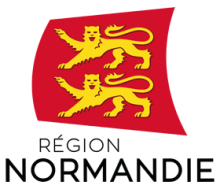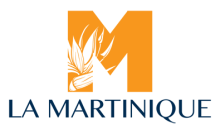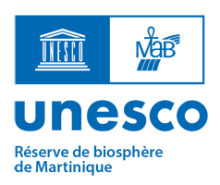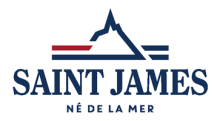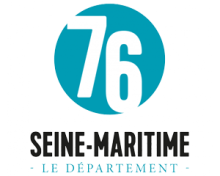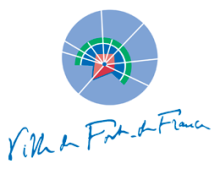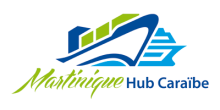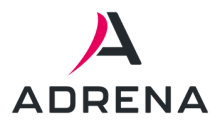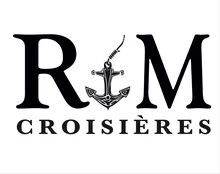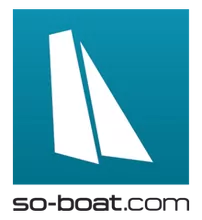Inside the doors marked Race Directors, they are watching the screens and the atmosphere is studious. "I’m just a young trainee here,” saidAlexis Courcoux, the newcomer in the team. It was clear when talking to them that while the work was serious, the atmosphere was very friendly between the five members: Francis Le Goff, Yann Chateau, Sylvie Viant, Miranda Merron and Alexis Courcoux Working well together is indeed a key element in their job. They have to remain united, as whether in Le Havre or Martinique, they are in this together. Yann Chateau, Assistant Director, explains, “When something happens at sea, we sometimes need to wake up the others up to make the most of all the staff to manage a crisis.” In “normal” times, they take it in turns just like our double-handed sailors with a watch system in place every four hours.
“This is the control tower”
The first task for the Race Directors is to take care of the safety of the sailors at sea. They watch how the boats are progressing and look at the weather patterns they will have to deal with. Rather like in the control tower, it’s a matter of monitoring the situation and then stepping in when required. For example with Storm Ciaran approaching, the race course was modified. Another mission for the Race Directors is to note down in a logbook all the technical problems the boats have announced. This allows them to get an overall picture of the state of the fleet. This data may not only be vital for the race, but for other seafarers and authorities. An ocean race does not take place in a stadium, but in nature, a living world, where there are many other boats and ships, so hundreds or thousands of other people. Yann Chateau told us that the day before, a distress beacon had been triggered near the fleet. "The MRCC called us and we checked that it wasn’t one of ours. We made our boats available to them, so that someone could divert if required. We are involved in the rescue organisation for people who trigger distress alerts, even if they have nothing to do with the race." The Race Directors serve as a link between the sailors and the maritime rescue coordination centres. “In 2021, there was a boat of migrants in difficulty close to our boats, said Yann. “We were rapidly in touch with the coordination centre in Tenerife and informed the competitors to remain on alert, as we may have had to ask them to divert to offer assistance.”
Crisis planning
Unfortunately, sometimes the skippers themselves require assistance. Early in the race, the trimaran Le Rire Médecin - Lamotte was dismasted and had to return to shore. " Le Rire Médecin - Lamotte was in difficulty, but it was under control. They did not trigger their beacon, but informed us that they were attempting to secure the boat." The Race Directors therefore informed the French coordination centre at Gris-Nez, near Calais, just in case the situation worsened. Similarly, the Race Directors can offer technical help in cases like this with their list of contacts (sailors, ports…). If the situation does worsen, they continue to inform the coordination centre which takes control of the operation. This may involve the intervention of other vessels or dispatching a helicopter, for example.
Admin
Then, there is the pre Race and post Race organisation. Sending out 95 boats requires a lot of forward planning, involving a number of people and bodies in Le Havre and in Martinique. "In Le Havre, we work with the harbour to ban shipping from the area when the race is about to start." We must not forget that Le Havre is France’s second biggest port. With the start modified, it was also necessary to work with the port of Lorient, and draw up the second start from Le Havre. "When the IMOCAs set off, the scallop season was underway again, so we had to find a way to please everyone at sea, so their work would not be disturbed, by establishing exclusion zones.” In Martinique, there was the tricky management problem of where to position boats in Fort-de-FranceBay.
Drawing up the race course
One of the first tasks involves drawing up the race course, based on the specifications laid down by the organiser, as Francis Le Goff, the Race Director explains. “We try to find the best course possible, matching the DNA of the race. For the Transat Jacques Vabre Normandie Le Havre, we are looking at the most demanding transatlantic race with four classes of boats. Historically, the route has always been North-South via the Equator and Doldrums. We try too to ensure that the fleets arrive together.” This involved a long analysis of the performance of the boats, and the weather charts for the last 25 years. “One Transat Jacques Vabre isn’t like another. You can have the same racers, but things change a lot between one race and another.”
"I love the complexity of this work"
So with so much work to do, the natural question is why do they do it? It was hard for Francis le Goff to explain in detail. It just seemed natural, as if it was something from within him. "I love the complexity of this work,” explained Francis. "You never know from one minute to another or from one day to the next what is going to happen. This is a job where you cannot get bored.” Yann agreed, "What is fascinating is how varied the work is. A Class40 dismasting may take 3 hours or 15 minutes to deal with. The skipper can be stressed out. He needs to be guided, calmed, assisted, to find the right solutions, because he may be panicking. Then there is the dismasting you are informed about a quarter of an hour after it happens, when they tell you ‘Don’t worry. Everything is under control.’ Reactions can be very different from one person to another.”





